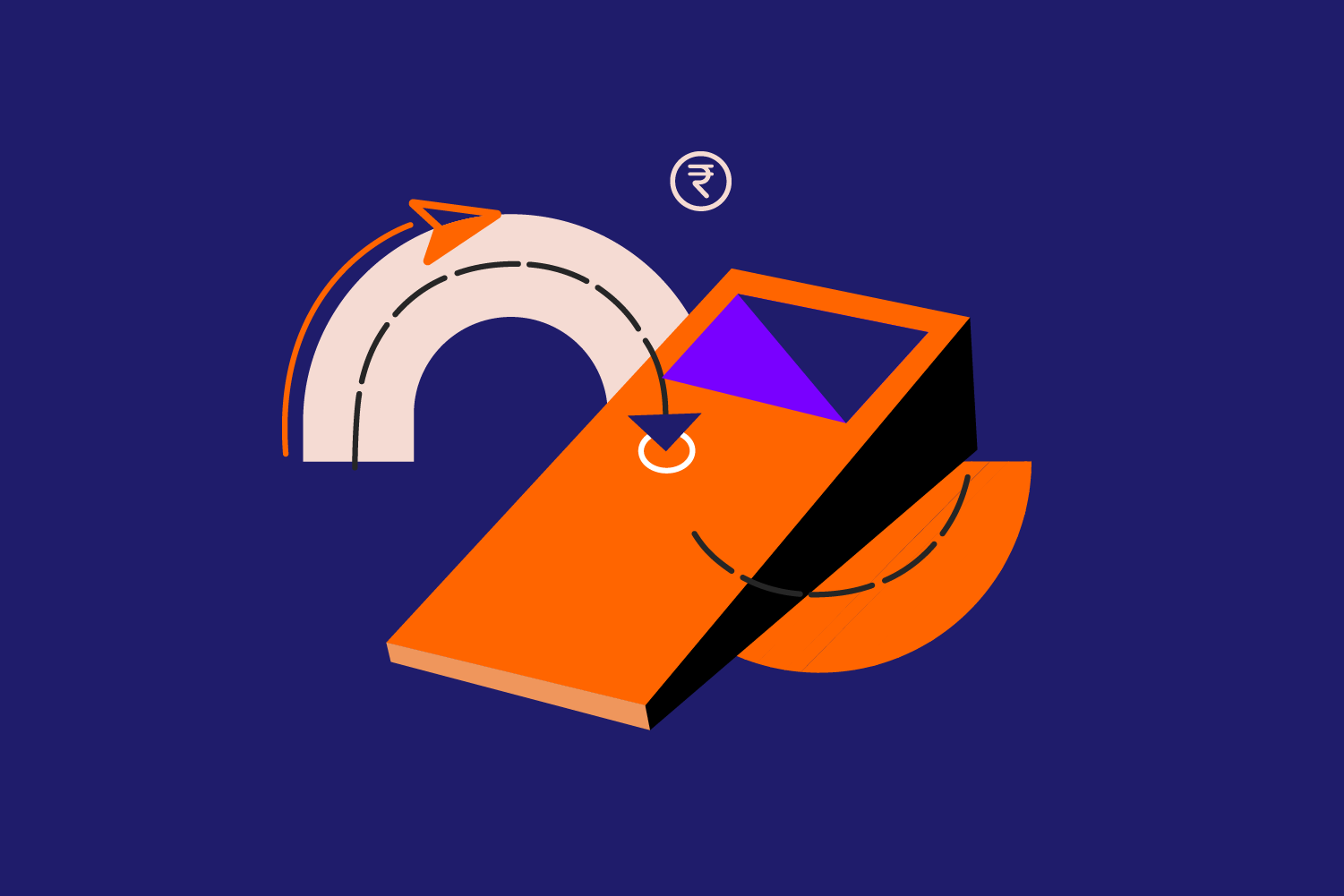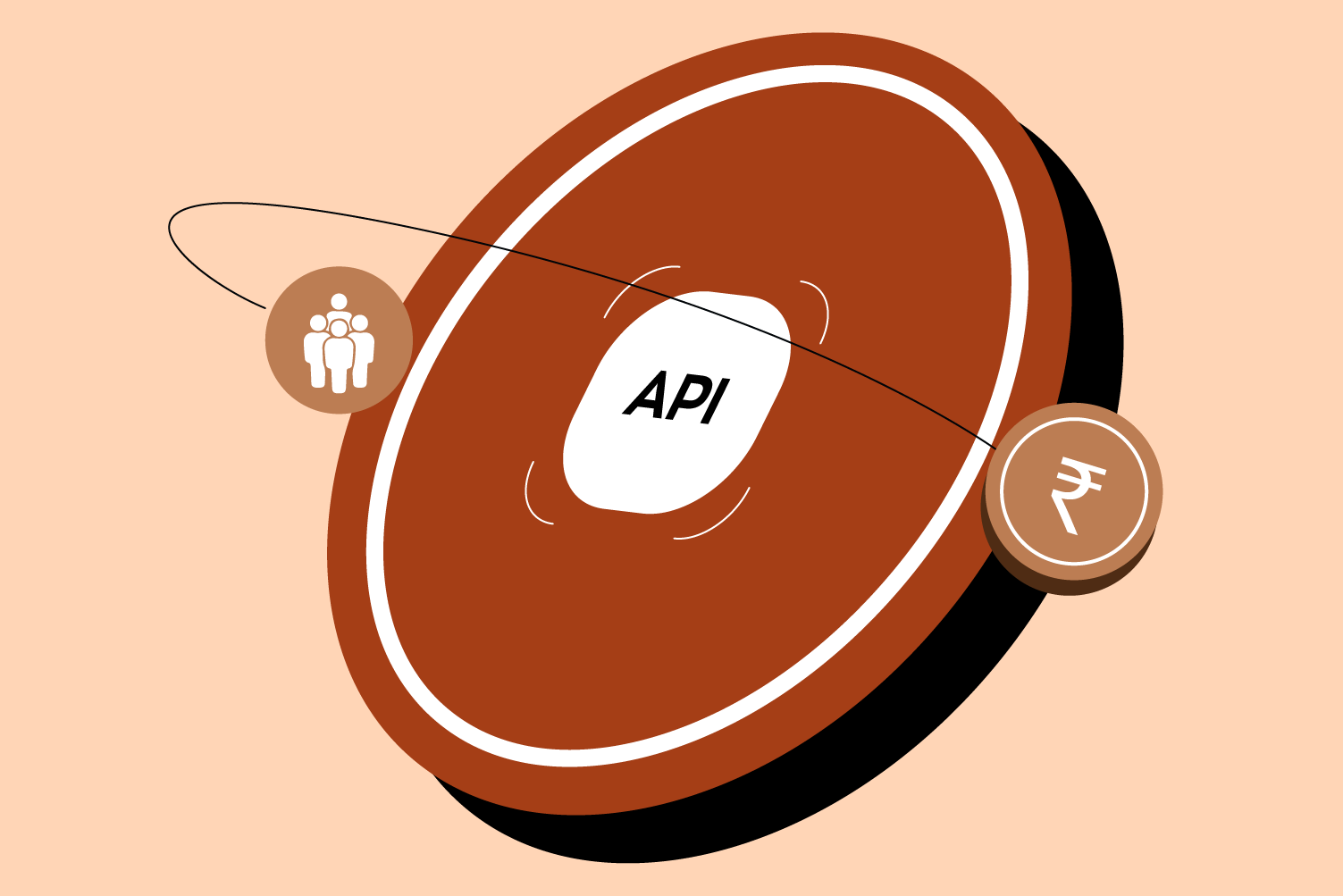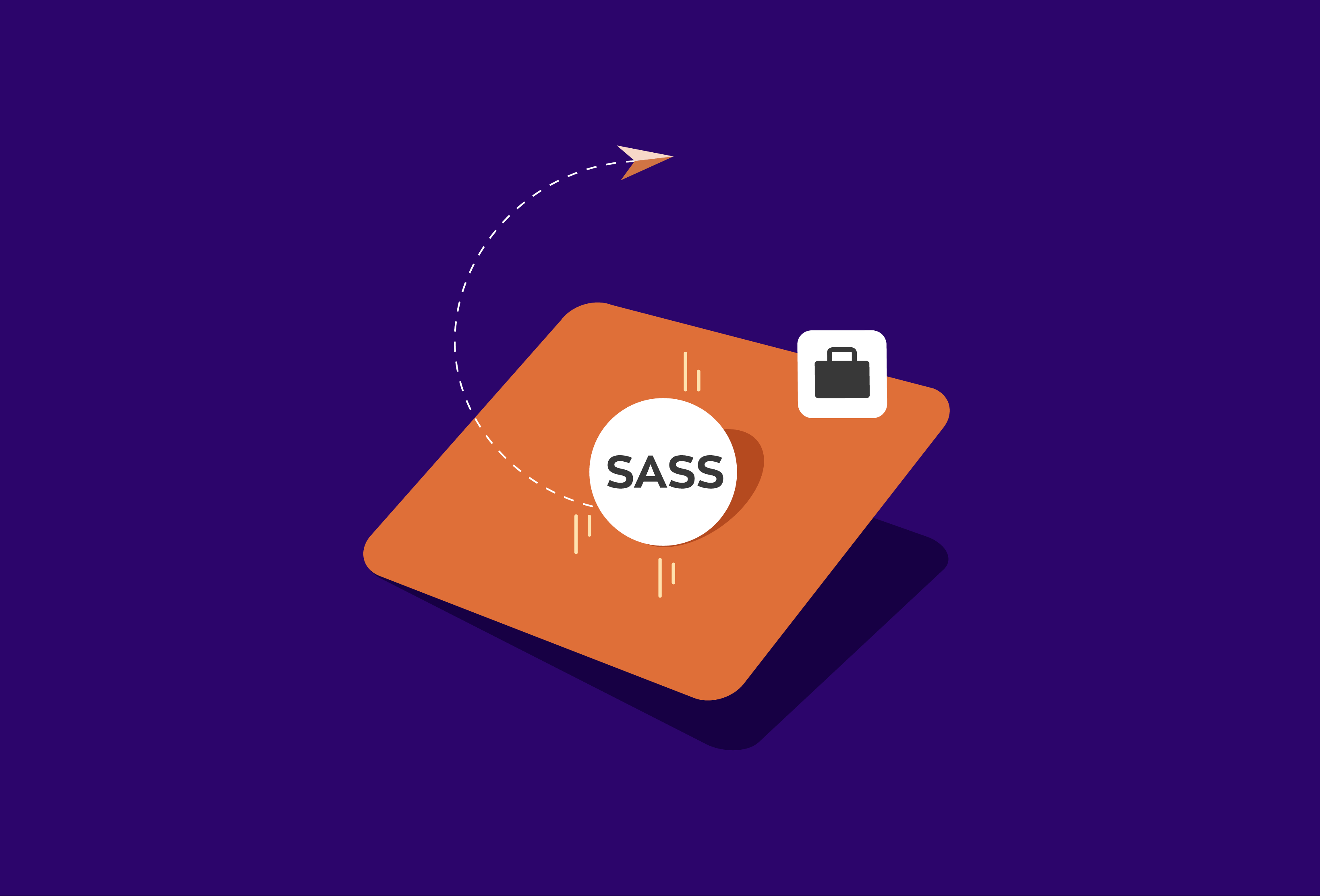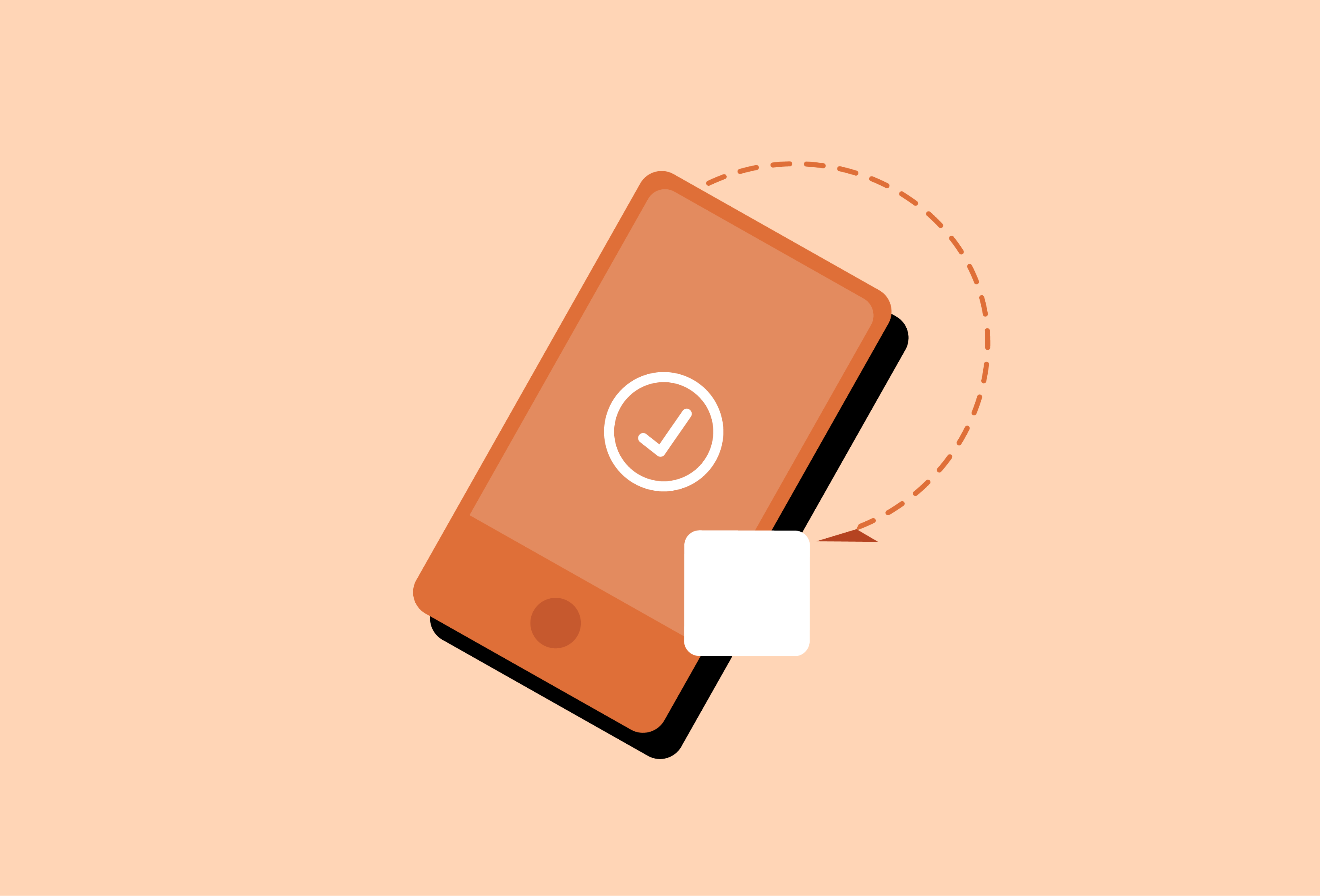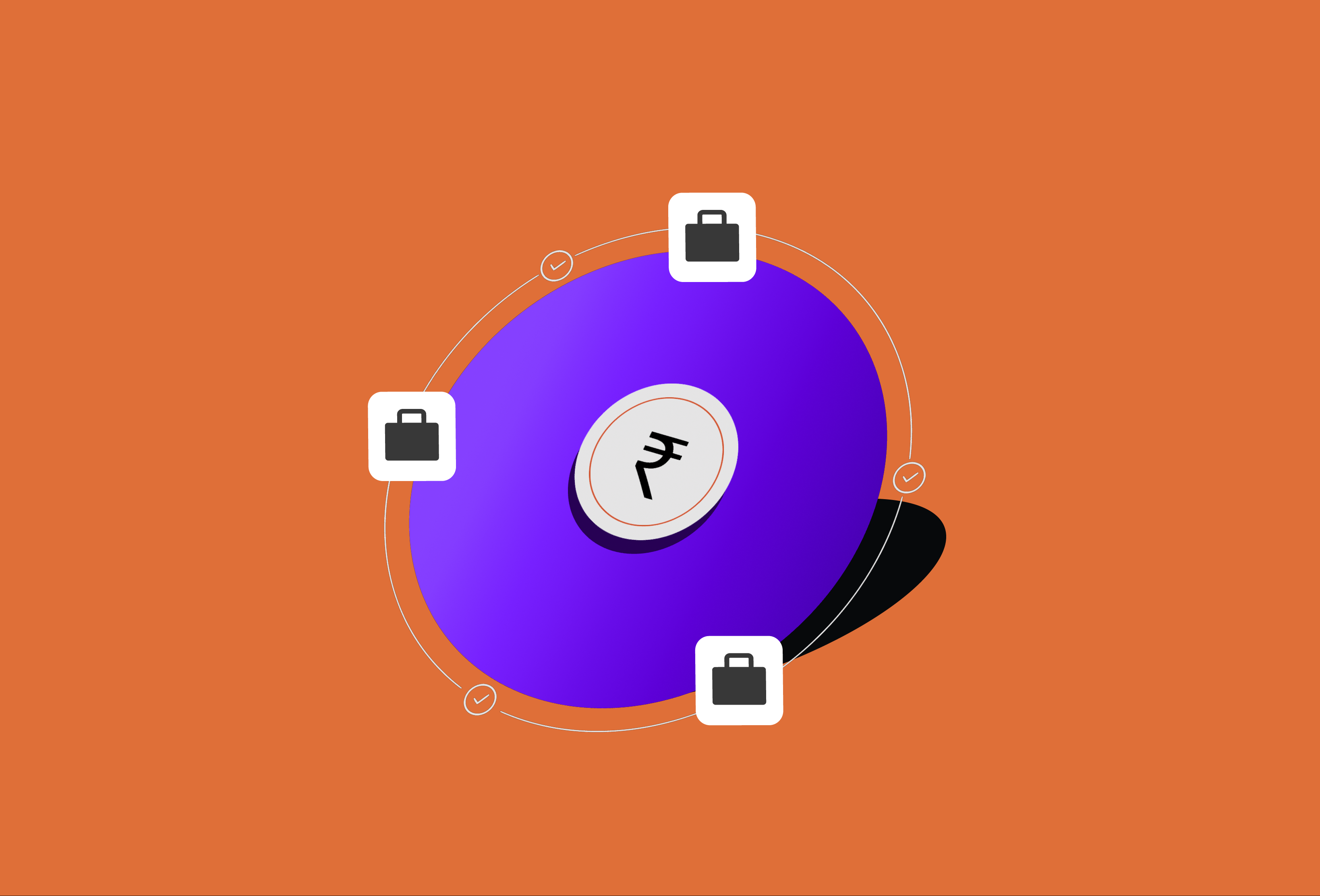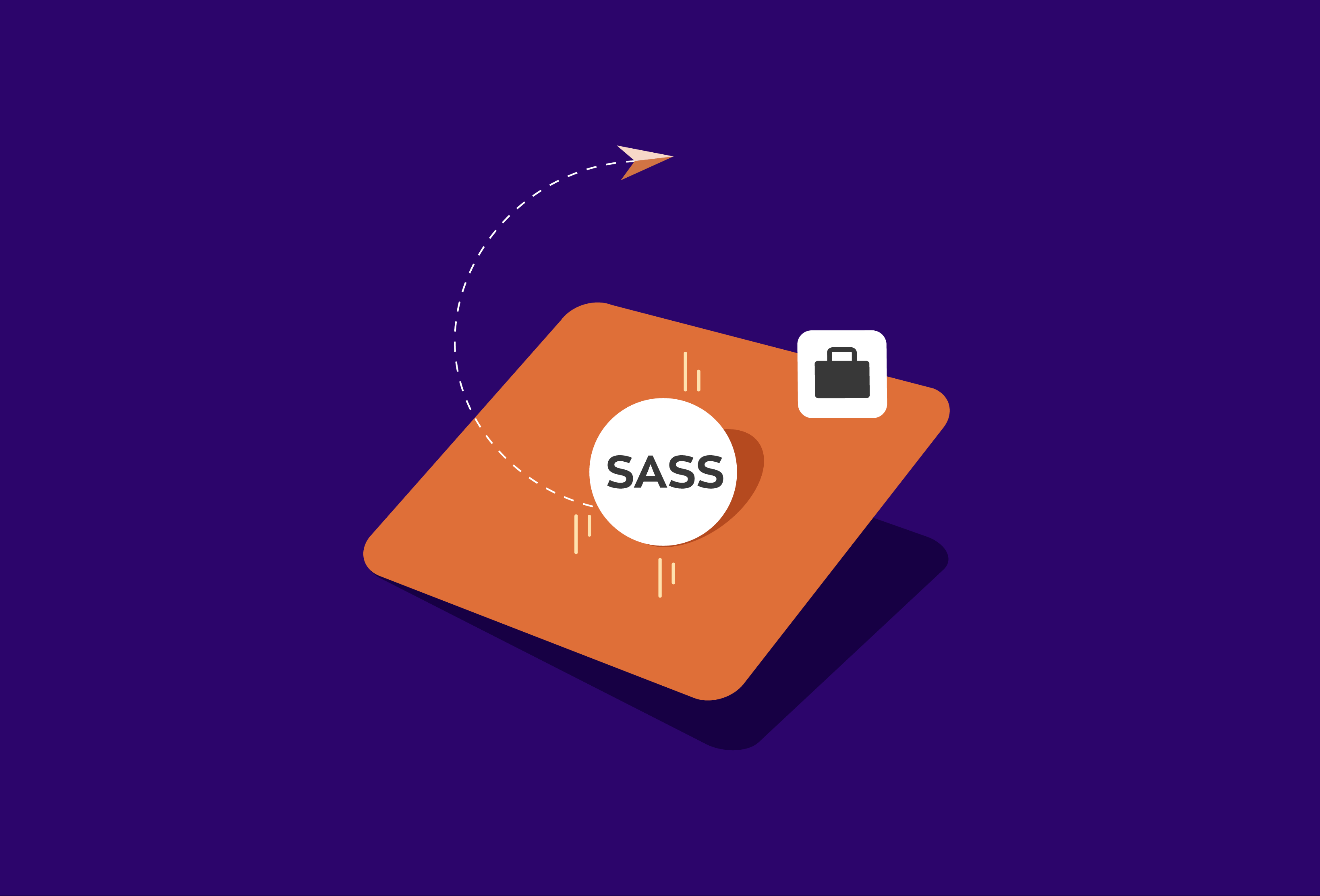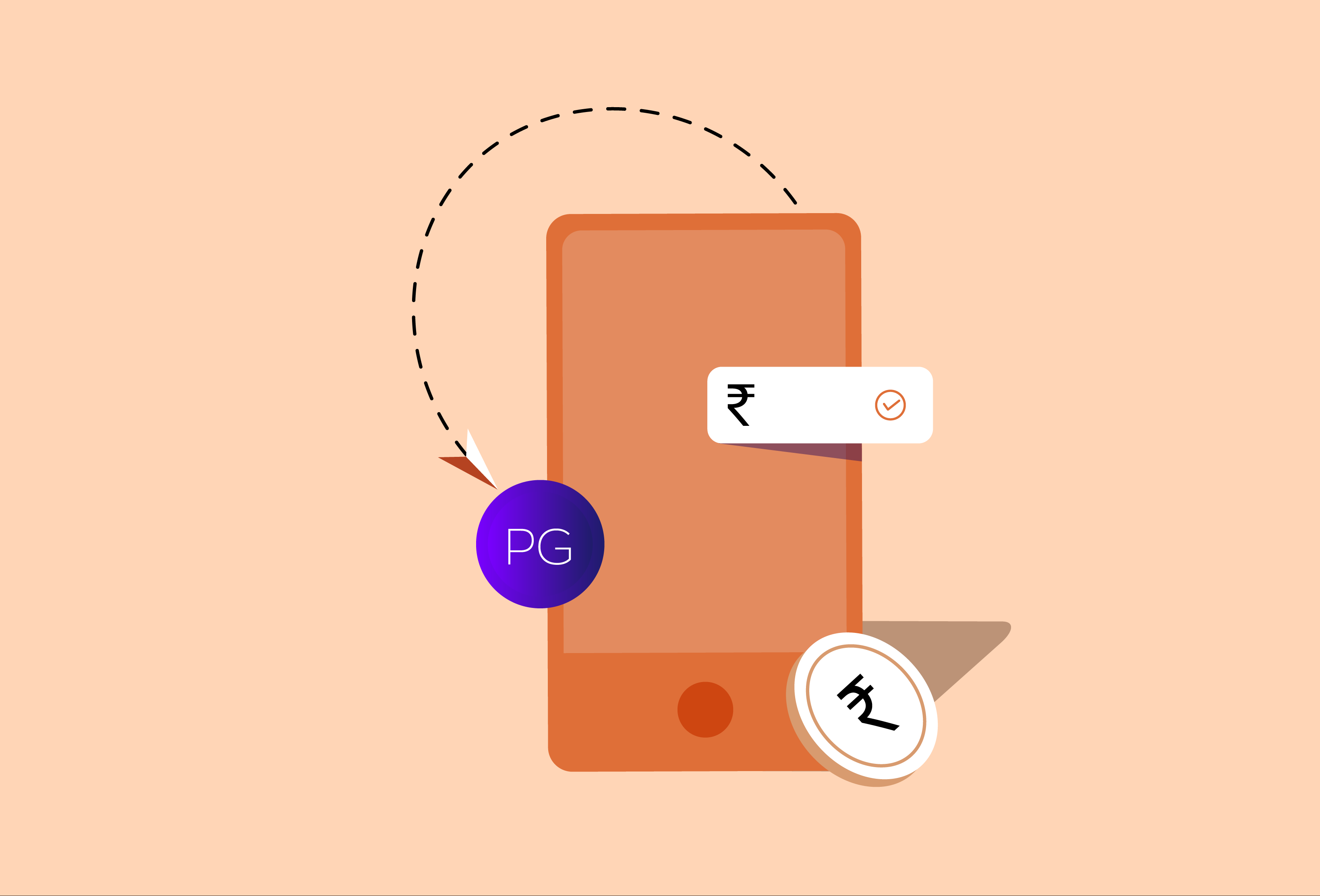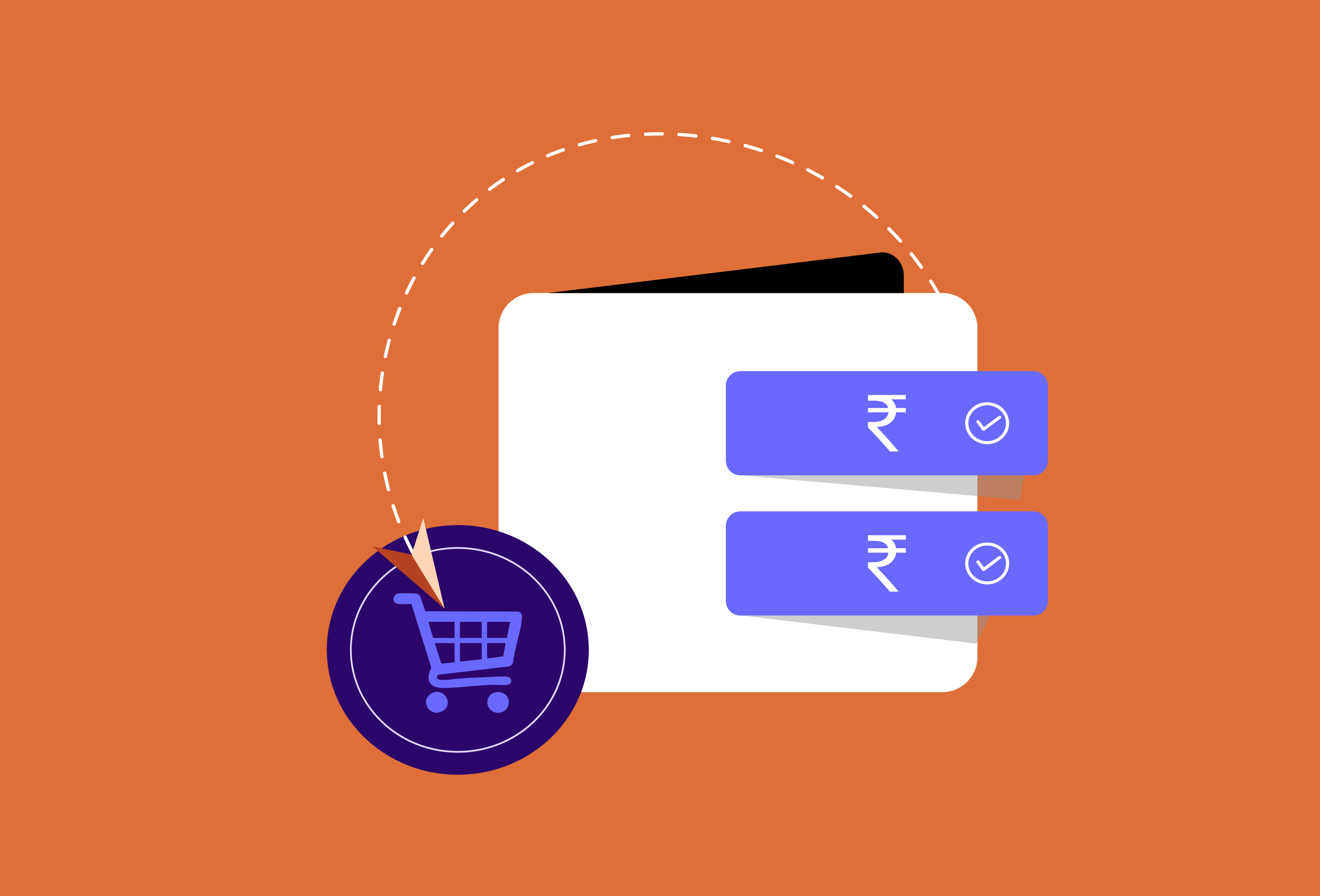Managing property finances efficiently is a critical aspect of running any real estate business. Property managers and landlords often face challenges when it comes to collecting rent, tracking payments, and reconciling accounts. Delayed payments, missed invoices, and manual errors can disrupt cash flow and create unnecessary administrative work.
With the growth of digital payment technologies, integrating payment solutions into property management software has become essential. This integration not only simplifies financial processes but also ensures a seamless experience for both landlords and tenants. Property management payments are no longer limited to cash or cheques; automated systems now make the entire process faster, transparent, and more reliable.
Understanding Payment Integration in Property Management
Payment integration in property management software refers to the connection between the software platform and various payment systems, such as bank accounts, payment gateways, and digital wallets. This integration allows landlords and property managers to collect rent, maintenance charges, and other payments directly through the software.
Traditional payment methods often involve manual tracking, spreadsheets, and repetitive follow-ups. These methods are time-consuming and prone to errors. By integrating digital payment solutions, real estate platforms can streamline financial operations, minimize errors, and gain a clear view of cash flow.
Benefits of Payment Integration
1. Streamlined Payment Collection
One of the most immediate benefits of payment integration is automated rent collection. An online rent payment system enables tenants to pay their rent on time, without the need for manual intervention. The software can generate reminders for due payments and automatically update tenant accounts when payments are received.
Recurring billing for landlords ensures that monthly rent and other recurring charges are processed automatically. This reduces delays and minimizes the administrative burden on property managers. Streamlined property management payments improve cash flow and reduce the likelihood of disputes with tenants.
2. Improved Cash Flow Visibility
With integrated payment solutions, property managers gain real-time visibility into incoming and outgoing payments. The software tracks all transactions, including rent, maintenance fees, and other charges. This helps managers monitor outstanding balances, identify late payments, and forecast financial needs more accurately.
A clear view of cash flow also allows property managers to plan investments, allocate funds efficiently, and make informed financial decisions. This level of transparency is particularly important for landlords managing multiple properties or larger portfolios.
3. Simplified Accounting and Reporting
Manual accounting can be tedious and prone to errors, especially when dealing with multiple tenants and properties. Property management software features that include integrated payments automate reconciliation, ensuring that every payment is correctly recorded against the corresponding tenant account.
Reports can be generated instantly, providing insights into revenue, outstanding dues, and payment trends. Automated financial reporting reduces the time spent on bookkeeping and ensures that records are accurate, which is essential for tax compliance and auditing.
4. Enhanced Tenant Experience
Tenant payment options are a key factor in ensuring timely rent collection. Integrated systems offer multiple payment methods, including credit/debit cards, net banking, UPI, and mobile wallets. Tenants benefit from the convenience of paying rent online and receiving instant confirmations and digital receipts.
Providing a smooth, digital payment experience also improves tenant satisfaction. Tenants are more likely to make timely payments when the process is easy, transparent, and reliable. Happy tenants often translate into long-term retention and fewer vacancies.
5. Security and Compliance
Security is a major concern in any financial transaction. Payment integration within property management software ensures that sensitive payment data is stored securely and processed according to financial regulations.
By using a reliable online rent payment system, landlords and property managers reduce the risk of fraud and unauthorized access to financial information. Compliance with standard security protocols protects both property managers and tenants from potential financial risks.
Key Features to Look for in Payment Integration
When choosing property management software with integrated payments, certain features are essential to ensure efficiency and reliability.
- Multiple Payment Methods – Support for credit/debit cards, net banking, UPI, and mobile wallets to accommodate tenant preferences.
- Automated Rent Collection and Recurring Billing for Landlords – Ensures that regular payments are collected on time without manual intervention.
- Tenant Payment Options – Flexible options allow tenants to pay conveniently and securely.
- Transparent Reporting Dashboards – Real-time insights into payment status, outstanding dues, and cash flow.
- Security and Compliance Features – Encryption, secure storage, and adherence to financial regulations.
- Notifications and Reminders – Automated alerts for upcoming or overdue payments to keep tenants informed.
These features collectively ensure that property management payments are seamless, secure, and well-documented.
Challenges and How to Overcome Them
Implementing payment integration may come with initial challenges. Property managers may be concerned about costs, staff training, or technical issues.
These challenges can be mitigated by:
- Choosing a scalable property management software platform that fits both current and future needs.
- Conducting phased implementation, starting with a single property or set of tenants before full-scale adoption.
- Leveraging vendor support and training resources to ensure smooth transition and minimal disruption.
Overcoming these challenges ensures that the long-term benefits of integrated payments outweigh the initial effort.
Conclusion
Property management payments are a core part of running a successful real estate business. Integrating payment systems into property management software improves efficiency, enhances tenant satisfaction, and ensures accurate financial tracking. Automated rent collection, tenant payment options, recurring billing for landlords, and a secure online rent payment system simplify daily operations and reduce administrative burden.
Investing in property management software features that include digital payment solutions real estate platforms not only saves time but also strengthens the financial health of property portfolios. As the real estate industry continues to evolve, payment integration is no longer optional; it is essential for modern property management.
By adopting integrated solutions, property managers and landlords can focus on growing their business while ensuring reliable, transparent, and efficient financial management.


